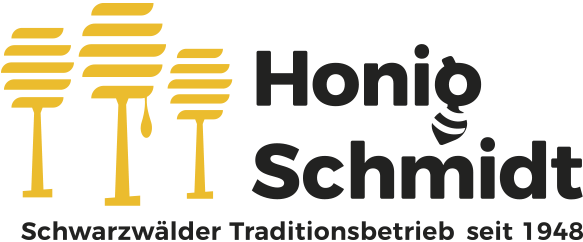Honey tastes very sweet due to the high content of fruit and glucose. Due to the high sugar and low water content, honey remains durable for a long time, bacteria and other microorganisms cannot reproduce. Normally, honey should be clearly viscous or crystallized. Crystallization depends mainly on the ratio of fruit and glucose. Intense stirring in the crystallization phase influences the condition and a fine creamy honey is produced, it is then spoken of the finest consistency. Rough crystallization and remote canonization are considered quality defects. However, solid, crystallized honey can be liquefied again by heating.
Honey is available in white to light yellow, yellow beige, brown and green black. Colour, smell, active ingredient and taste depend on the flowers collected by bees and the honeydew collected. Only if the honey consists of more than 50 percent of only one source may it be provided with the corresponding indication of origin. Flower honey is extracted from the flower nectar of plants and crystallizes relatively quickly. In contrast, honeydew honey, which is produced by bees that collect the excretions of plant lice, remains liquid for longer. In addition, honeydew honey usually has a darker color.
Depending on the extraction, there is talk of slingshot honey, sliced honey, honeycomb honey and rare seim, drip, pressing or tamping honey. In Germany, the average annual per capita consumption is about 1.4 kg.
In our honey shop you will find many natural and extraordinary premium honeys.


